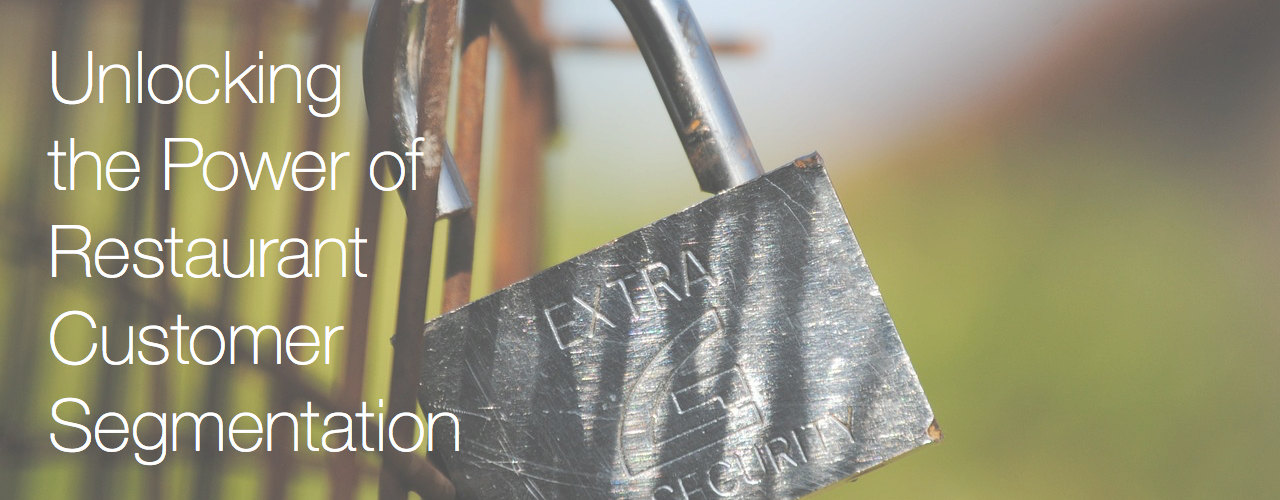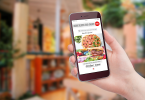
Consumer spending is 46% higher with companies that offer loyalty programs. Many restaurants have never thought in terms of “lifetime value” of their customers. So for this breakdown on customer segmentation, we invited Brad Marg, Chief Operating Officer with Clutch, to give you some great insights on what’s possible for restaurants.
At the forefront of today’s “Age of the Consumer” are savvy, “always on” customers that have a wealth of information, opinions and insight at their fingertips about practically any product or service they desire. Aside from this, smartphone technology allows consumers to gather and share their opinions and insight in real time.
While the challenge of this consumer connectivity is often associated with retail businesses that have to cope with real-time price comparisons and product reviews disrupting their path-to-purchase, few industries have had to address this issue like the restaurant space.
Online reviews in particular, factual or not, can quickly make or break a business, which is motivating many restaurants to engage strategies that help them understand their customers more deeply than ever before. This allows you to clearly understand various dimensions of your business, from operations to inventory, but also ultimately cater your offerings and services to the varying customer types to drive experience and satisfaction.
Strategic Similarities
Today, while strategic customer loyalty is largely at the forefront of the retail industry, many food service establishments, particularly in the QSR and Fast Casual dining segments, are realizing they have an array of similarities in terms of their customer bases and operations with retail brands.
Many restaurants of all types are looking closely at retail-based loyalty and referral programs to leverage the associated learning and efficacy in engaging and motivating customers. The need to strategically understand and effectively engage their patrons is becoming a forefront issue for restaurants to address.
Know to Grow
Taking a proactive, strategic approach to customers allows you to target service and offerings to specific guests, but beyond this, restaurants are starting to get sophisticated with personalized promotions to drive the diner’s experience and enhance their overall operations.
The first step is analyzing the data from your customer systems, be it POS, e-commerce, mobile app and/or ordering platforms with the idea of the more data the better the view of the customers. Centralizing this data is not necessarily easy, but essential in gaining a holistic view of a customers interactions and tendencies with the business.
Consumer management technology has made it significantly easier to achieve this synthesized data view, which can create complete profiles and segments of your customers.
Structuring Segments
There are a multitude of dimensions that can go into a customer profile segment. Here are just a few:
- Frequency: How often a customer visits your establishment.
- Geography: Which locations a customer visits.
- Day Part: When a customer visits.
- Check Average: How much a customer spends.
- Product: Preferences around products or specials.
- Demographics: Specific customer traits.
While many businesses tend to focus largely on the value of a consumer, many important details than can help enhance service and the overall dining experience can be unlocked from other dimensions.
Here’s a look at sample segments based on an array of customer dimensions:
Getting Strategic
From here restaurants can strategically align their needs, from slow periods to new dish introductions, with the customer segments that make sense, leveraging campaigns and promotions to motivate diners to adjust their actions based on their known preferences.
Savvy establishments are even strategically engaging their social customers to give them high-touch experiences to introduce new menus, dishes or events to help manage their experience and benefit from their subsequent social broadcasting of the event as a promotional tool.
The key is delivering a great, controlled initial experience bearing in mind that a poor experience can provide brand damage across social media.
Beyond this, restaurants can extend the experience of customers aligning their interest with special events or menus in order to fill in voids with the business.
For example, say Shelly (listed in the example above) is primarily a lunch patron, but enjoy items off the light menu. Inviting her for a special mid-week dinner menu offer featuring new introductions that tie-in some of her favorites is great way to deliver what she enjoys while getting her to sample a new dining experience with the restaurant.
The Bottom Line
As customers become increasingly sophisticated and savvy, many expect businesses, and particularly those that they have an emotional connection with, like restaurants, to deliver what they like.
The key to achieving this is gaining genuine understanding through customer intelligence, which can achiever with consumer management technology.
This approach allows an establishment to centralize their customer data across point-of-sale platforms, online order systems, mobile apps and even social sites from Twitter to Yelp to deliver individual profiles and advanced customer segments to gain unprecedented understanding of customers in order personalize their experience in order to earn loyalty and even drive evangelism.






